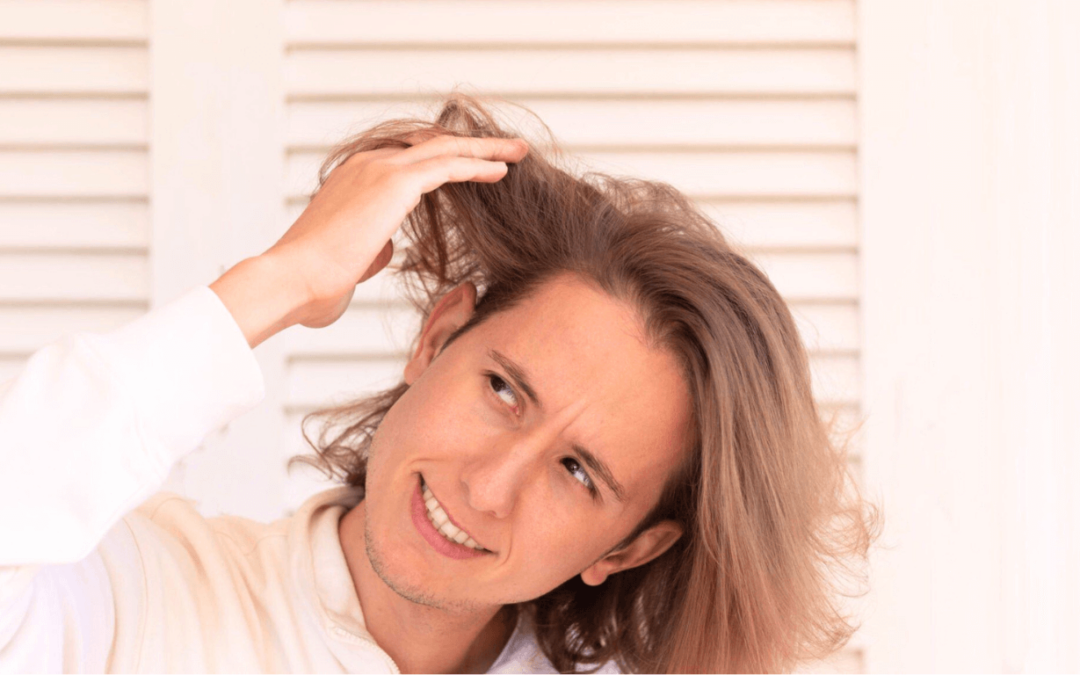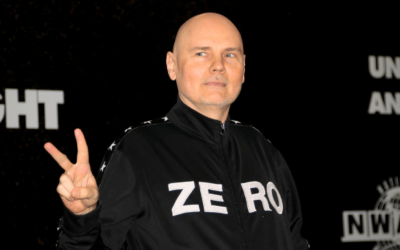Hair loss can be a distressing experience, leading many to explore a wide range of treatments and remedies. One intriguing option that has garnered attention is Forteo.
In this comprehensive guide, we will delve deep into the question, “Does Forteo work for hair loss?” We’ll explore the science behind Forteo, its potential benefits, considerations, and alternatives for managing hair loss.
Understanding Forteo: An Overview
Before we explore Forteo’s potential role in hair loss, let’s gain a clear understanding of what Forteo is and its primary purpose:
Forteo is a brand name for the drug teriparatide, which is primarily used to treat osteoporosis. It works by stimulating the formation of new bone and increasing bone density. It is administered through daily injections.
The Science Behind Forteo and Hair Loss
The potential connection between Forteo and hair loss lies in its mechanism of action. Here’s how it works:
Bone Formation Stimulation: Forteo stimulates bone formation by increasing the activity of osteoblasts, cells responsible for building bone tissue. While its primary effect is on bone, some believe that this stimulation could indirectly affect hair follicles.
Potential Impact on Hair Growth: Theoretically, the increased bone formation induced by Forteo might influence the overall metabolism and circulation within the scalp, potentially impacting hair follicles and promoting hair growth.
Does Forteo Work for Hair Loss: Considerations and Evidence
The effectiveness of Forteo in treating hair loss is a multifaceted question that warrants careful examination. Let’s dive deeper into the considerations and existing evidence surrounding this intriguing topic:
Limited Scientific Studies:
When it comes to Forteo’s potential role in hair growth, the available scientific evidence is notably sparse.
While there is some speculation and anecdotal reports suggesting a connection between Forteo and hair improvement, rigorous, large-scale scientific studies specifically investigating this relationship are notably lacking.
The dearth of comprehensive research makes it challenging to draw concrete conclusions about the effectiveness of Forteo for hair loss. This lack of evidence underscores the need for caution when considering Forteo as a hair loss treatment.
Off-Label Use:
Some individuals have ventured into the realm of off-label use of Forteo for hair loss. Off-label use refers to the utilization of a medication for a purpose other than its originally intended one, often based on anecdotal reports and personal experiences.
It’s important to note that the off-label use of Forteo for hair loss is not supported by formal medical guidelines or regulatory approvals. Engaging in off-label use should be approached with caution and under the guidance of a qualified healthcare professional.
Potential Side Effects:
Forteo is associated with a range of potential side effects that individuals should be aware of. These side effects can include dizziness, nausea, joint pain, and muscle cramps, among others.
The prospect of experiencing these side effects may deter individuals from considering Forteo as a hair loss treatment, especially when there are alternative options with fewer known side effects.
Consultation with a Healthcare Professional:
If you are contemplating the use of Forteo as a treatment for hair loss, it is of paramount importance to consult with a knowledgeable and experienced healthcare professional.
Such a professional can provide personalized guidance, weigh the potential benefits and risks, and assess your individual suitability for this unconventional use of the medication.
A healthcare provider can also explore alternative and evidence-based treatments for hair loss, ensuring that you make informed decisions about your hair care journey.
Alternative Hair Loss Treatments:
Recognizing the limited scientific substantiation for Forteo’s efficacy in treating hair loss, individuals seeking solutions for their hair loss concerns may consider well-established treatments with robust research support:
Minoxidil: Minoxidil is an FDA-approved topical solution renowned for its role in promoting hair growth. Widely available over-the-counter, it boasts a substantial body of scientific research attesting to its effectiveness.
Finasteride: This oral medication, prescribed by healthcare professionals, functions by inhibiting the hormone dihydrotestosterone (DHT), which is closely linked to hair loss.
Low-Level Laser Therapy (LLLT): LLLT devices, including laser caps and helmets, have exhibited promise in stimulating hair growth by energizing hair follicles through low-level laser light.
Platelet-Rich Plasma (PRP) Therapy: PRP therapy entails the injection of a concentrated form of a patient’s blood plasma into the scalp, potentially encouraging hair regrowth through growth factor stimulation.
Conclusion
The question of whether Forteo works for hair loss is a complex one that lacks definitive scientific evidence. While its mechanism of action could theoretically influence hair follicles, the limited research and potential side effects warrant caution.
Individuals seeking solutions for hair loss are encouraged to consult with healthcare professionals who can provide guidance based on their unique circumstances.
Established treatments like minoxidil and finasteride, as well as emerging therapies like LLLT and PRP, offer evidence-based alternatives that may be more suitable for addressing hair loss.
Ultimately, the quest for effective hair loss treatments continues to evolve, and individuals are advised to make informed decisions in collaboration with medical experts to achieve the best possible outcomes.
















